Common Lawn Drainage Problems – Yard Drainage Systems Springfield MO
Common Lawn Drainage Problems
Do you get a small lake in your backyard after a healthy rainfall? Poor lawn drainage is a problem that needs to be addressed and can be fixed.
Problems Resulting From Poor Lawn Drainage
The most common landscaping problem associated with poor lawn drainage is that most plants are not adapted to water clogged soils.
Turf grass can suffer from root rot, if sitting in water too long. Moss, on the other hand, never gets too much water. So poor lawn drainage tends to tip the balance in favor of moss over grass.
Most trees and shrubs are also not adapted to growing in water saturated soils. They also suffer from root rot and lack of oxygen. Some trees, such as bald cypresses and red maples, are better adapted to such conditions.
Another big annoyance that comes with bad lawn drainage is that you can’t enjoy your yard, let alone walk on it, until the water has completely dried out, which can take days. Walking on a wet lawn can cause soil compaction, which is also bad for your plants.
Sitting water close to your house’s foundations can be a big problem, since it may slowly sip into walls, possibly cause cracks, mold, and other problems.
Mosquitos may also be an issue. If the water stays on your lawn for two days or more, that is long enough for mosquito eggs to hatch.
Finding the Source of Your Lawn Drainage Problems
The first step to fixing your problem is to understand why it’s happening. Start by observing how water gets into your yard, and how it flows or sits. Then, you need to think about what you want to do with your landscaping and consider your possible options.
Keep in mind that no drainage is ever instantaneous. Rain water is never completely absorbed immediately by the soil. On lawns especially, roots can create a thick barrier that can greatly reduce soil permeability. Soil compaction may also be an issue.
Water always follows gravity and therefore ends up in the lowest point. When water falls on the ground, if it can’t penetrate the soil, it runs down to wherever gravity may pull it. And then it may get trapped if the place to which it runs happens to drain poorly.
So the two most important issues pertaining to lawn drainage are soil permeability and yard topography. Consider where the water is coming from and how it travels on your yard.
If a fair percentage of the water actually trickles down from elsewhere (your roof, your driveway, for instance) and ends up on your yard, then you need to find a way to divert the excess water, possibly using drains.
If the rain falls directly on your yard and it just sits there, then there are a few options.
You could work on the nature of your soil and the topography of your yard. You could also consider installing drains.
If the problem is not too major, you could simply get wet plants that enjoy the wet environment or create a rain garden.
French Drains and Yard Drains
French drains swallow up the water accumulating around the foundations of your house, while yard drains can drain water from anywhere on your yard.
In a setup where you have a French drain and yard drains, the yard drains may be connected to the French drain and the whole thing connected to the sewer system.
If you only have yard drains, then they may be connected to a dry well. Another possibility is to let the water escape to a stream.
In both cases, a good layer of gravel on top of the drains will help the water reach the tubes. And you need to ensure that the tubes are sloped so as to let the water flow towards the escape route, and not the other way around.
Installing drains is a big job that require finding someone like the drainage experts at Gabris Landscaping who know what they’re doing. Many drainage jobs involve digging out landscaping plants while the work is being done.
We will ensure that we leave enough roots for your plants to protect both the plants and their roots from the sun and from overheating or freezing, and that the roots won’t dry out. A good natural fertilizer helps your plants grow roots faster when we put them back in the ground.
There are many different types of yard drainage systems. Each method has its strengths and weaknesses. By combining the use of dry creeks, dry wells, French drains, standard drains, burms, and calculated plant placement, we are able to create some effective solutions to manage water flow and drainage issues. Our yard drainage systems solutions maintain the aesthetic appeal of your landscape while improving the functionality of the land.


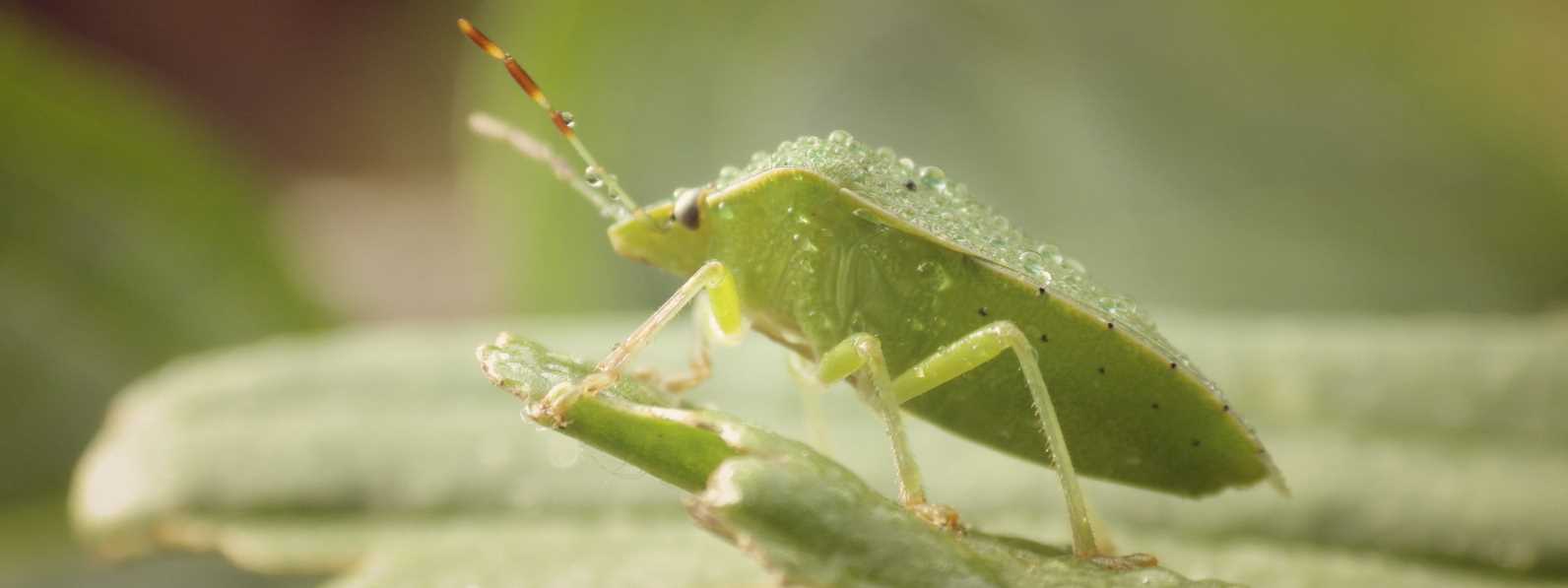

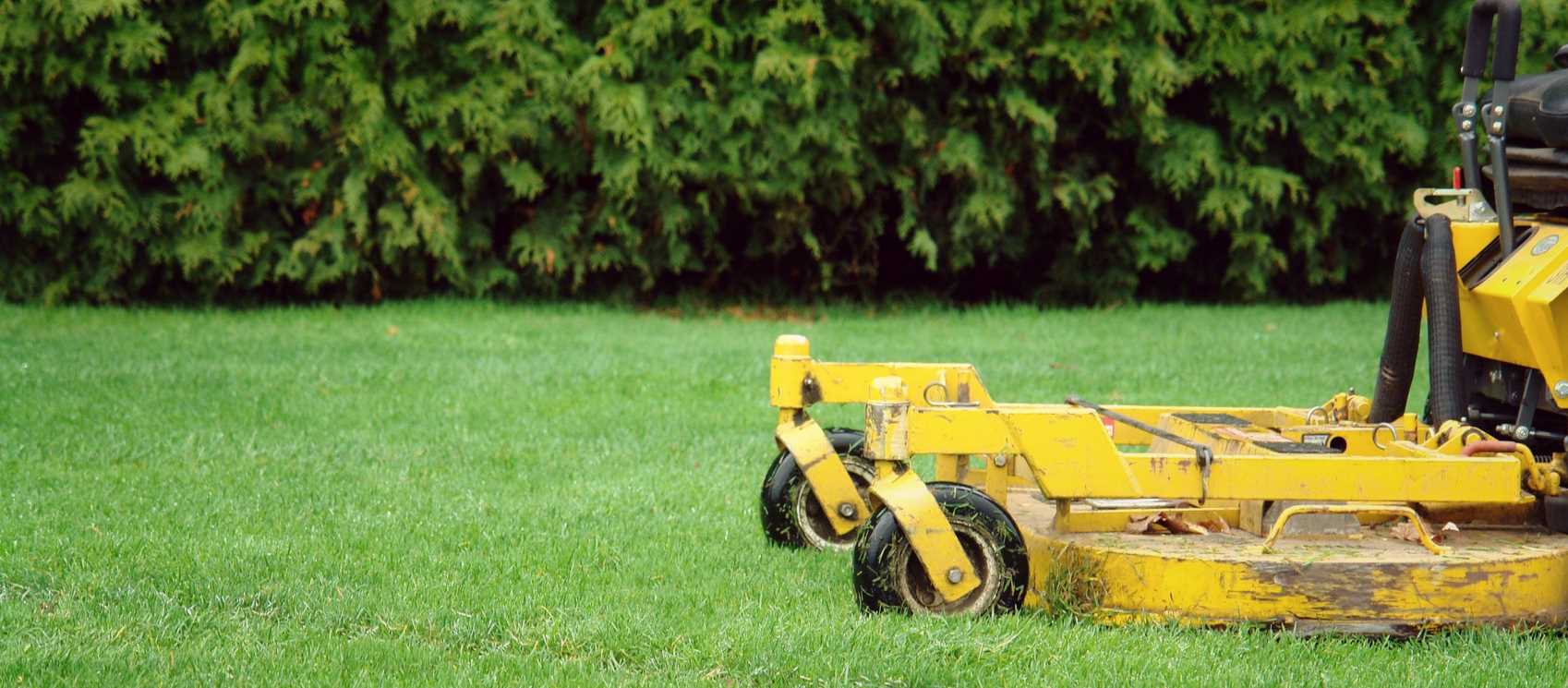

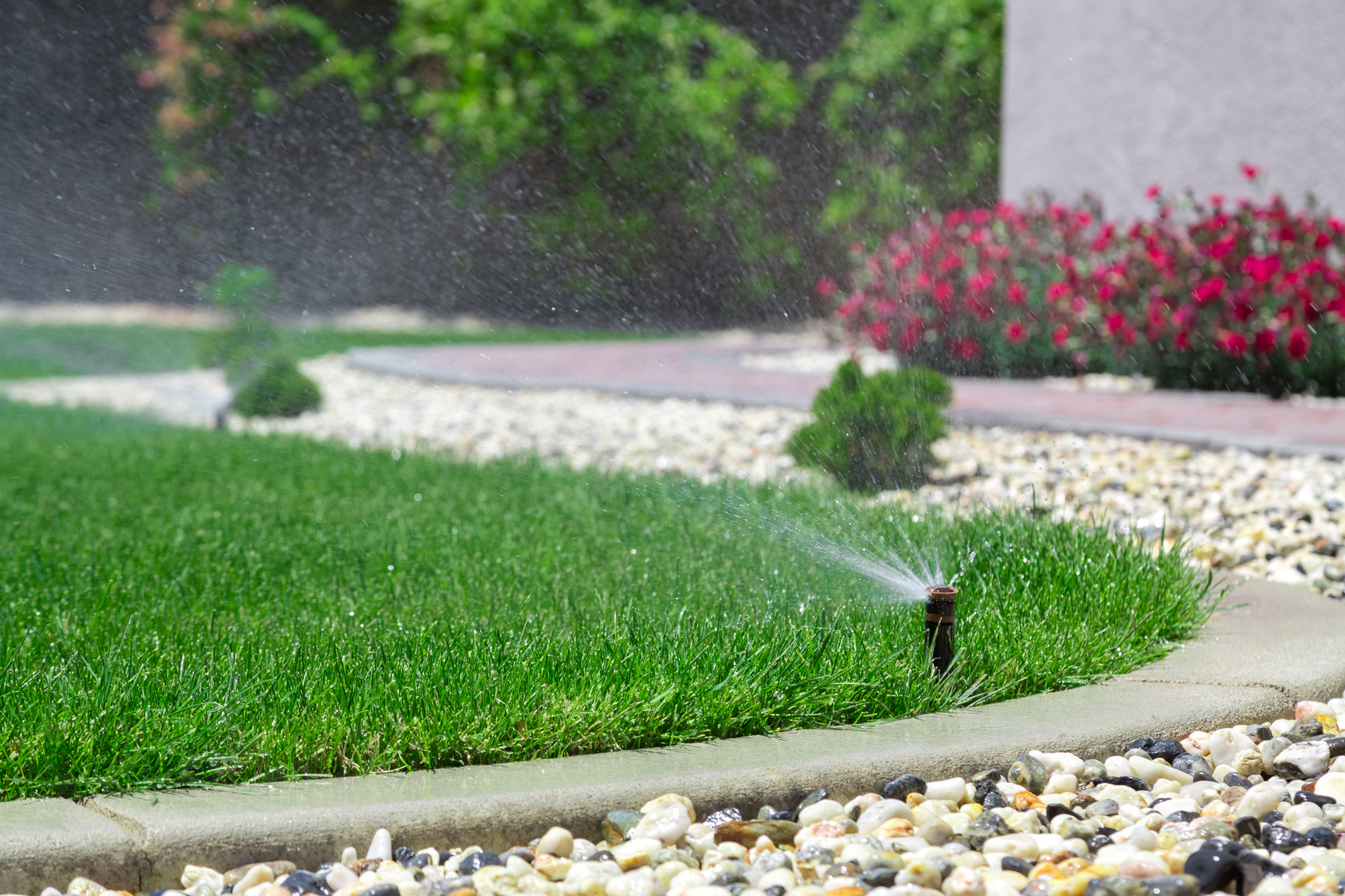


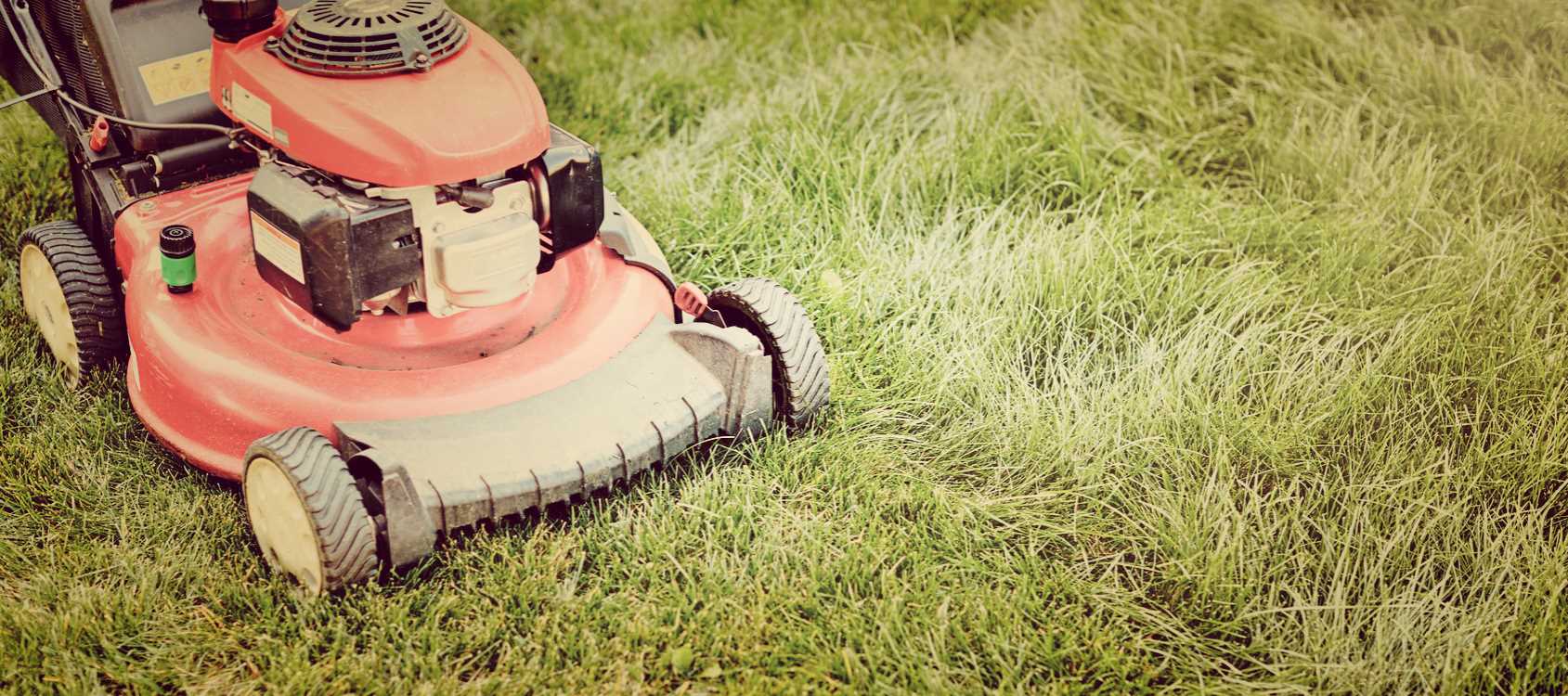
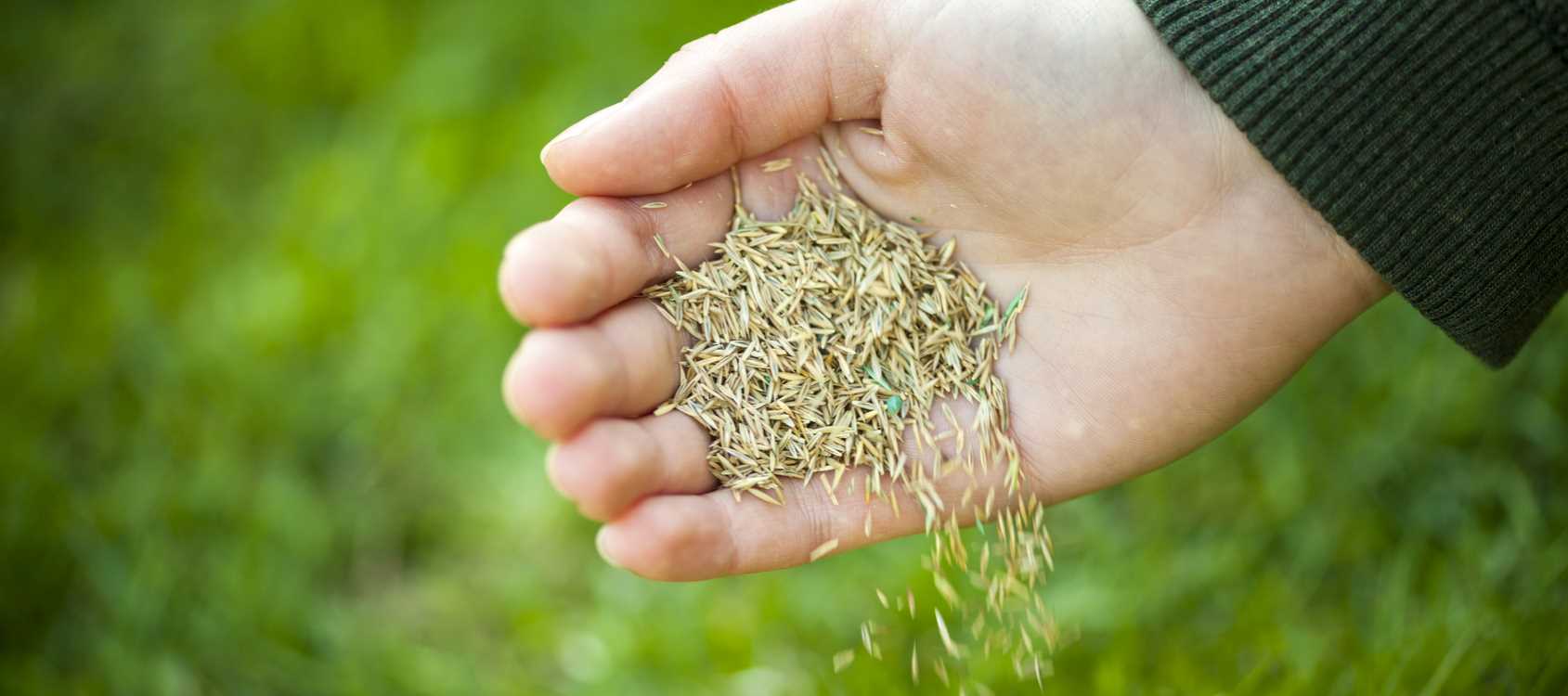


Leave a Reply
You must be logged in to post a comment.